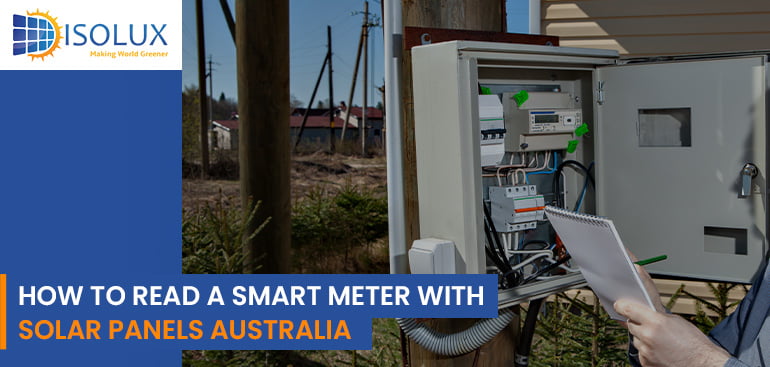Are you tired of paying high electricity bills every month? If so, you’re not alone. Rising energy costs have forced many households to look for alternative sources of power. Solar power is a viable solution that can help you cut your power bills by up to 70%. But how do you choose the right solar power system for your home? Here is the complete guide for you which go through the solar panel system installation process and help you make an informed decision.
Evaluate Your Energy Needs
The first step to choosing a solar panel system is to evaluate your energy needs. This involves looking at your past electricity bills to determine how much energy you use on average. You should also consider your future energy needs, such as if you plan on buying an electric vehicle or adding new appliances to your home.
Determine Your Roof’s Suitability
The next step is to determine whether your roof is suitable for solar panels. Factors to consider include the size and orientation of your roof, the amount of shade it receives, and the age and condition of your roof.
Choose Your Solar Panel Type
There are two main types of solar panels: monocrystalline and polycrystalline. Monocrystalline panels are more expensive but more efficient, while polycrystalline panels are less expensive but less efficient. You’ll need to weigh the pros and cons of each type and decide which is best for your needs.
Also, read: Monocrystalline vs. Polycrystalline Solar Panels
Decide on Your Solar Inverter
The solar inverter is the component that converts the DC power generated by your solar panels into AC power that can be used by your home. There are three types of inverters: string, micro, and power optimizers. Each type has its own advantages and disadvantages, and you’ll need to decide which is best for your needs.
Consider Your Battery Options
If you want to store excess energy generated by your solar panels for later use, you’ll need to install a battery. There are several battery options available, including lead-acid, lithium-ion, and flow batteries. Each type has its own advantages and disadvantages, and you’ll need to choose the one that best fits your needs.
Get Multiple Quotes
Once you’ve determined your energy needs, roof suitability, panel type, inverter, and battery options, it’s time to get multiple quotes from reputable solar installers. Be sure to compare the quotes carefully and ask questions about the installation process, warranties, and maintenance.
Get an obligation-free quote from Isolux Solar!
Financing Options
Solar power systems can be expensive upfront, but there are several financing options available, including leases, loans, and power purchase agreements. Be sure to compare the financing options carefully and choose the one that best fits your needs.
Isolux Solar is one of the leading solar companies in Sydney, Australia. Powering Aussies’ homes by installing solar power systems and helping them save thousands of dollars. Get a free quote for homes and businesses.
FAQs:
1. How much can I save with a solar power system?
On average, homeowners can save up to 70% on their electricity bills with a solar power system.
2. How long does a solar power system last?
A solar power system can last up to 20-25 years with proper maintenance.
3. What happens if my solar panels produce more energy than I use?
If your solar panels produce more energy than you use, the excess energy is sent back to the grid, and you’ll receive a credit on your electricity bill.
4. Do I need a battery for my solar power system?
The battery is an essential component of the solar power system, it can be useful for storing excess energy produced by the solar power system. A battery allows you to have access to solar power even during the night or when there is not enough sunlight.




